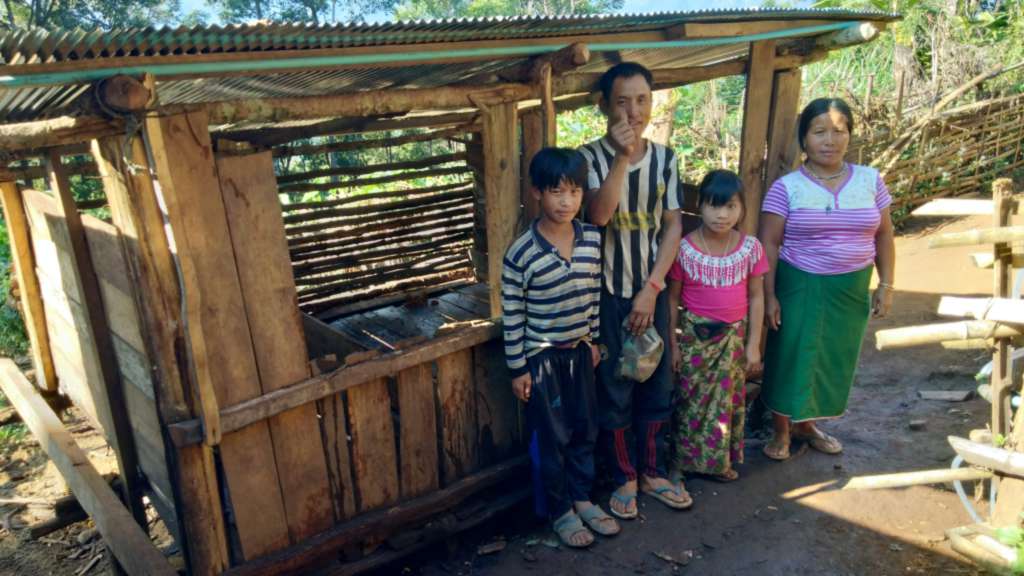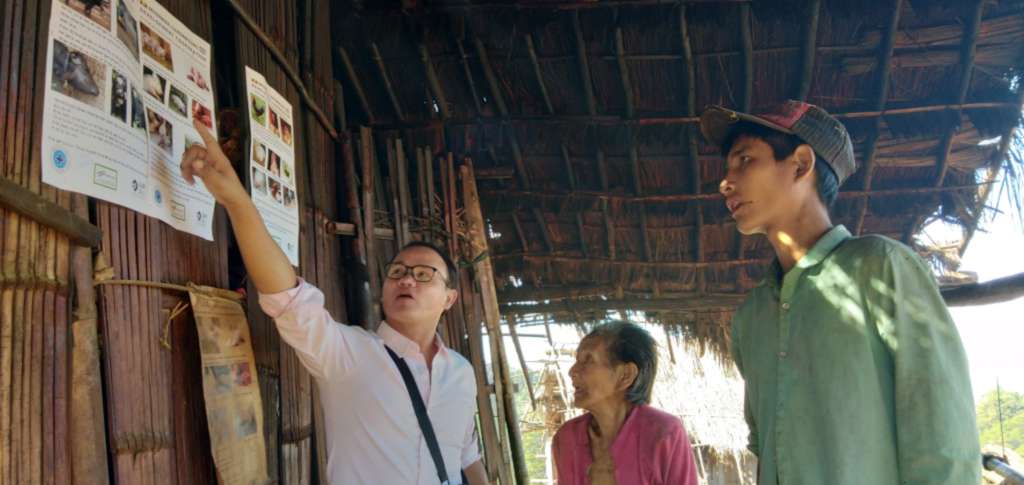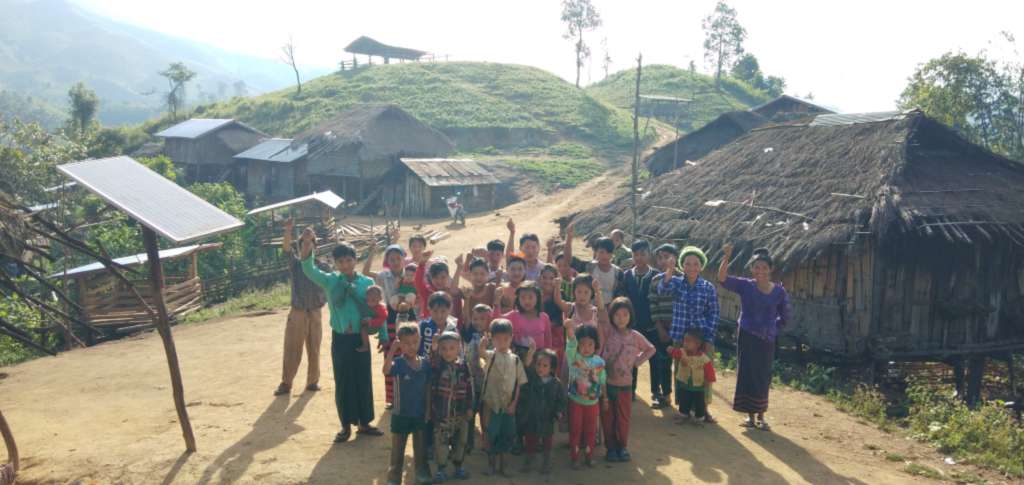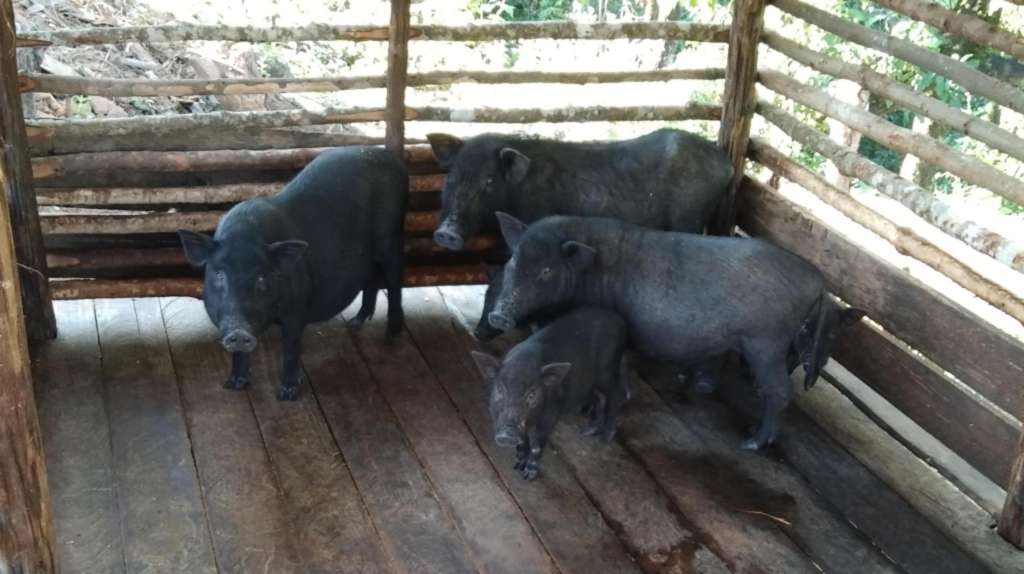MYANMAR - Pig farming a lucrative activity
The Eastern Shan State Rural Development and Inclusion Project, MYA/002, recently established 5 pig model farms in selected villages of the target area south-west of Kyaing Tong city in Eastern Shan State.

The MYA/002 team selected 5 farmers willing to start a pig model farm after training Community Animal Health Care Workers in each village and running several information campaigns amongst the 70 targeted villages. The farmers then signed an agreement to follow the new breeding techniques, improved feeding plan and products, as well as to apply humane husbandry practices.
Although small livestock like poultry and pigs are kept close to the houses, the animals are free to roam around throughout the day. They get fed once a day with leftovers or if the family can afford it with some cooked rice bran. Due to this traditional way of keeping small livestock, the animals are left mostly to their own demise which increases spreading of diseases, excrements and last but not least destroying vegetable gardens and eating any garbage they can find.
The pig model farm promotes the construction of a pig pen, use of specialised animal fattening feed (which does not need cooking) and supplements like Ruzi grass, cleaning of the stables twice daily and regular treatments/vaccinations (including castration of male pigs).
 Vet Infomation Campaign
Vet Infomation Campaign
The first trials have shown that by using the improved feeding plan, the fattening period of the local black mountain pig can be reduced from 16 to 6 months and reaching a good marketable size. The farmers have also noted that the local variety pigs if kept according to the improved techniques have a much healthier aspect.
Obviously, the project is supporting these model farms with the specialised feed (local production in Myanmar) but only for 6 months as the business plan then allows for the breeding farm to run sustainably on its own.
Some neighbouring villages have already made their interest known to follow the guidelines, amongst them the small villages of Loi Kye 1&2 and the 11 households of the La Hu Shi tribe (usually nomadic) have surpassed the project’s expectations.
 The poorest part of Loi Kye 1 village
The poorest part of Loi Kye 1 village
Their animal health care workers had invited all the households to construct pig pens with material that they had available. They then invited the project to come and check asking to be supported with roofing sheets and the specialised feed. The villages had even plotted some areas to grow the Ruzi grass.
Honouring this exemplary initiative, the project provided the roofing sheets, fattening feed and training on how to mix the feed ratios and supplements. These households are all living far below the poverty line so that the fattening of their pigs represents a legal and lucrative income activity.
Livestock traders have already noticed an improved quality and availability of cattle and pigs in the targeted area. They are now more interested in negotiating higher prices as the livestock is treated, vaccinated and of a much healthier constitution. A 6 months old pig fed according to the new techniques can be sold for 150 000 MMK (88 EUR) whereas before the farmer needed to wait at least one year before the marketable size was reached.

Other positive side effects are a cleaner environment in the village, decrease of exposure to diseases for humans and animals, decline in home gardens being raided by hungry pigs and also decrease in using of fire wood as cooking animal feed becomes unnecessary.
↑ Haut de la page